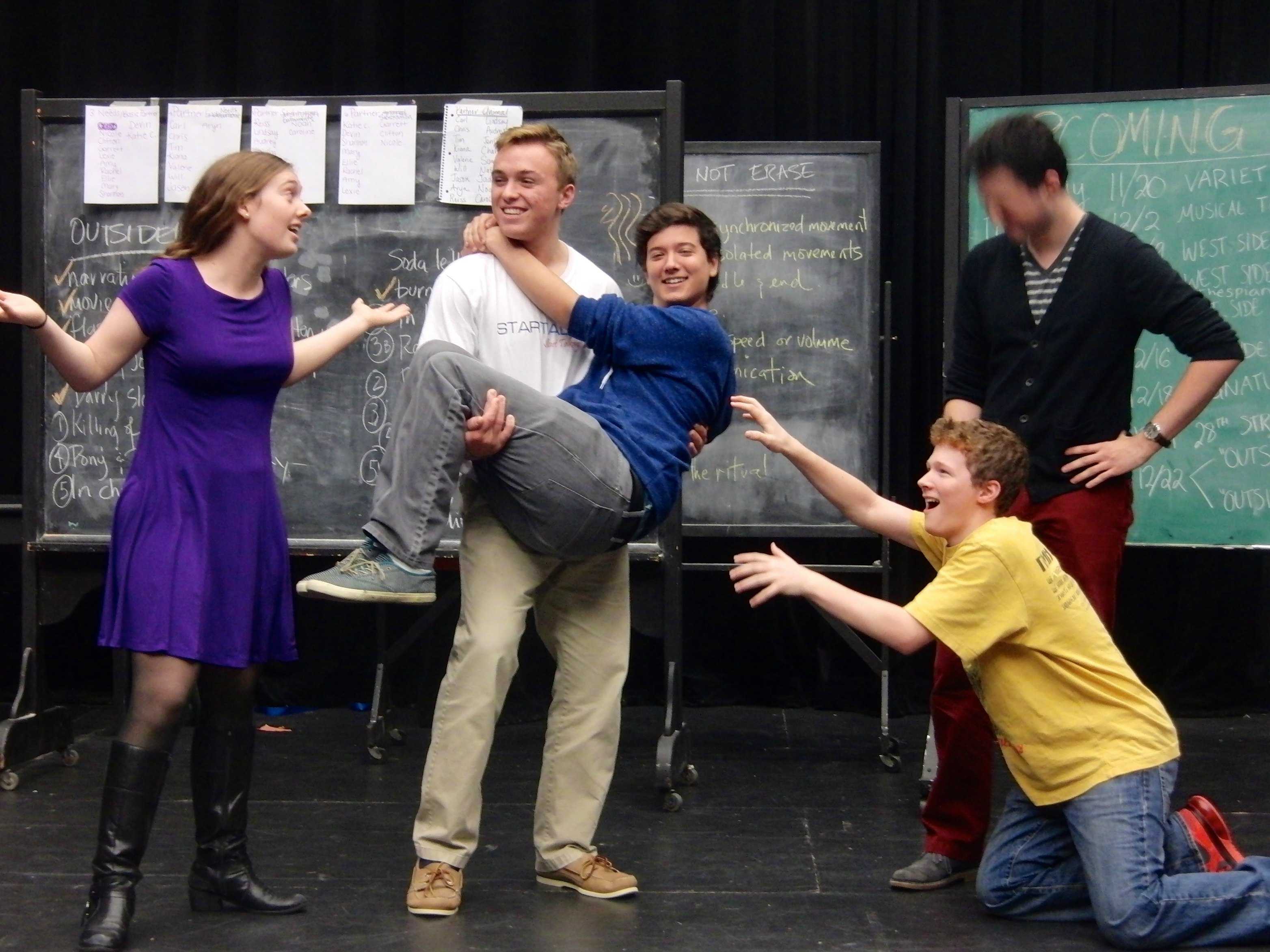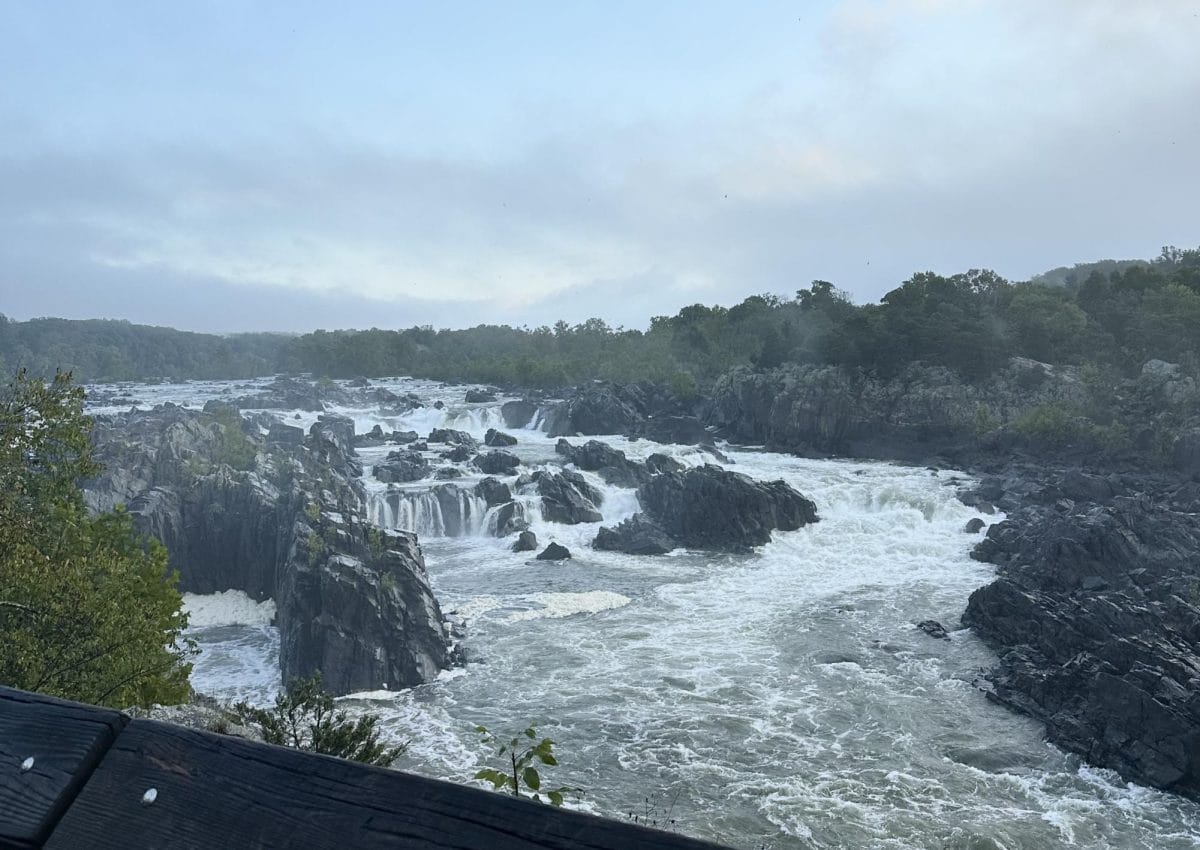Ever since its creation in 1995, 28th Street Improv has had students and staff alike laughing their socks off. Many, however, have wondered: What is 28th Street Improv? How does it work? Why is it so funny? And most importantly, how do you practice improv?
Senior co-presidents David Craighead and Nik Varley explained the behind-the-scenes side of this talented group of comedians.
At its core, Craighead described the group as “funny people who come together to be funny.” His description could not be more accurate. The troop’s mission is to put on a good show at the end of the year for the whole school. At each practice, the 18 members from all four grade levels get together to play games, do exercises that improve their abilities and help them bond as a group. They set up scenarios and, over time, add crazy twists that allow them to be comedic. One favorite activity is “Good, Bad and Worse Doctor,” in which three members are doctors and give medical advice based on which character they are: the “good doctor” would give decent suggestions, while the “bad” and “worse” doctors would give wrong and potentially dangerous answers.
Additionally, four of its members, sophomore Alex Flood, junior Aryn Geier, senior Eileen Connon and senior Fox Nelson performed in the variety show.
Although improv is a performing art, it is extremely different from everything else of its kind. There is no script, no set direction, no rigid schedules and usually no need to be unbearably deep or poetic. It is simply a group of friends on stage whose only goal is to make the audience laugh.
“It’s much more relaxed…The most important part of it is that the troop feels together. It is very much about being close to each other. It’s not necessarily that the show is the end product, that just happens once we all become friends,” said Craighead.
And that is exactly what everyone loves about improv.
“My favorite part is that it’s not too serious. Work has to get done and we want to put on a great show, but when it boils down to it, everyone in that room is my friend. When it comes down to it, it’s that. It’s being with your friends and having this room, this space, to be funny,” said Craighead.
Varley also loves the community aspect of improv.
“There’s really not a lot else like improv. It’s just really pulling something out of nothing, like staring failure right in the face and saying ‘No! I’m going to do a thing!’ It’s also really great at the end of the day to come to a place where everyone’s just really having a good time, being goofy, making lots of jokes, laughing, and you really feel like you’re part of the gang and you’re doing a good thing. When the troop is all good friends, it definitely comes through in the show.”
And really, that is how you practice improv. Yes, doing the games and exercises are invaluable, but you can only have a successful improv production if you really know your troop.
“What goes on in there, it’s team building. It’s knowing that there’s this sensation in improv when you say something and you think, we’ve practiced so long together that I’m going to say this and I know that person is going to say the joke that I’m thinking of. That’s what we’re practicing in there. We play games and we keep doing things, and we learn what types of jokes this person is comfortable with and what jokes that person is comfortable with, and you play off that,” said Craighead.
Once a group of people have gotten to know each other that well, they are able to put on a great show.
“I’m probably going to regret this later, but it’s kind of like a sport. You don’t know what’s going to happen, but you learn the fundamentals and your team mates and what you have to do to do well. You don’t know exactly what’s going to happen, but you know your skills so you can win the game,” said Varley.





































